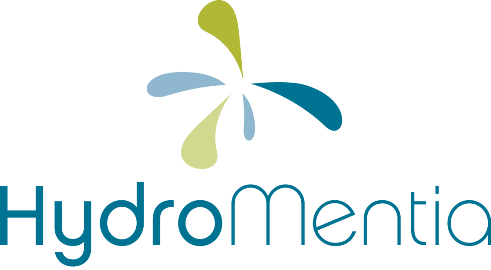Algae Scrubbers Could Become Major Tool for Stormwater Nutrient Removal
April 1, 2007South Florida water managers have turned to an Ocala company to help them deal with the huge problem of phosphorus pollution near Lake Okeechobee.
The company, HydroMentia Inc., believes it has a cheaper, more effective way to remove phosphorus and nitrogen from stormwater runoff. The firm says it’s algae-based scrubbers are effective at removing the nutrients, and could become a major tool in cleanups north and south of Lake Okeechobee.
The technology caught the interest of South Florida Water Management District officials, who have asked the company to demonstrate the effectiveness of the pollution control method on stormwater and surface water systems.
“Everything we have seen so far has been very encouraging,” said Chip Merriam, deputy executive director of water resources for the district. The company’s water treatment technologies harness nature’s power to restore polluted lakes, streams and estuaries. Contaminants are removed from the water column, and are then processed and removed from the site through algae harvesting.
The scrubbers require intensive maintenance. As often as once a week, workers harvest the algae, which the company can recycle into compost, livestock feed or possibly even fuel. The harvesting removes the nutrient pollution while spurring the algae to keep growing.
“Algae is a fast-growing organism,” said company president Margaret Palmer. “If you cultivate the algae, it will remove the nutrients. Then, you harvest the algae. There is never any long-term build up of algae in our system because of the regular harvesting.”
A prototype system was built in Okeechobee County and ran for a couple of years. The firm had to do extensive reporting to the district on the cost and effectiveness of the technology, said Palmer. “The district scrutinized the system very closely,” she said.
The district then gave the company a contract to build a system in Taylor Creek, about 12 miles from Lake Okeechobee. “We wanted to find a waterway that had a high concentration of phosphorus, so we chose Taylor Creek,” Palmer said. The company says its algal turf scrubber and water hyacinth scrubber have been proven in municipal wastewater and regional stormwater treatment applications.
That’s very important, say company officials, because governments racing to meet strict new regulatory standards must seek alternative treatment methods that can both remove the maximum nutrients and be cost effective. “The advantage of this technology is that we can remove a much higher amount of phosphorus on a much smaller amount of property,” Palmer said. “As land prices escalate and land becomes more scarce, our technology offers a great benefit.”
Palmer said the benefit of managing the algae is that you can accomplish a lot more nutrient removal in a lot smaller space. She said the scrubbers offer a cost-effective solution for nitrogen and phosphorus control.
Applications include large regional nutrient recovery systems and non-point and point source projects associated with agricultural or expansive urban basins. Nutrient control in domestic and agricultural wastewater can also benefit from the managed aquatic plant systems.
“This technology has been around for about 30 years,” Palmer said. “What HydroMentia did was apply it to large-scale surface water treatment.” The South Florida Water Management District says it is closely watching how the technology works.
In 2005, the district awarded HydroMentia a $1.8 million, two-year contract to demonstrate its technology along Taylor Creek, one of the lake’s foulest tributaries. The money, a grant from the state Department of Agriculture, went toward the 3.6 acre demonstration project.
An earlier pilot project found that the company’s scrubbers could remove 820 pounds of phosphorus each year for every acre of treatment area. In contrast, the district says 33,000 acres of its filter marshes
south of the lake removed less than 12 pounds per acre last year.
Palmer says the company’s new plant can take in 15 million gallons of runoff per day, just a fraction of the 2 billion gallons that flow each day into the lake. Similar technology is already used in
aquariums, and Indian River County is interested in employing the techniques for run- off near the coast, the company says.
Merriam said officials still consider their traditional filter marshes a good way to treat huge surges of runoff north and south of the lake.
But if HydroMentia’s scrubbers can work on a large scale, the district will look for ways to use them.
“Every tool is worth looking at and is worth a fair shake,” he said. “We have a lot of questions about this technology. But so far, it has been very positive. We have seen good results. We’re trying to refine it so we
know exactly how this system will work. We are not dealing here with five or ten acres, but thousands of acres.
“We see this as having quite a bit of applicability north of Lake Okeechobee. If we can lessen the load of phosphorus, it will help restore the lake quicker.” © Copyright 2007 by National Technical Communications Co., Inc. All rights reserved


Comments are closed here.